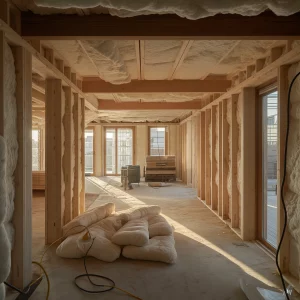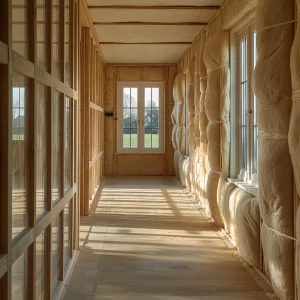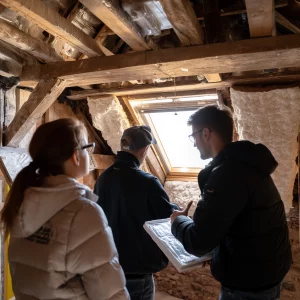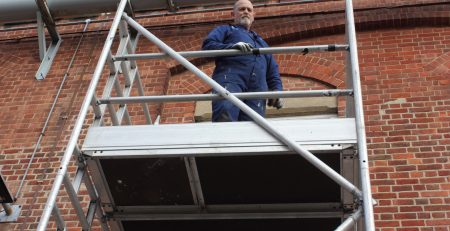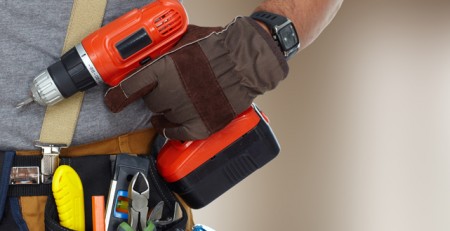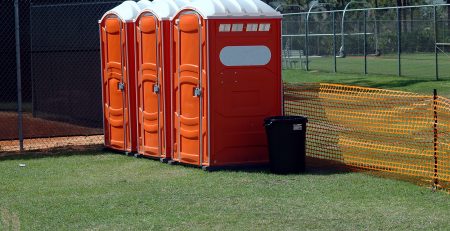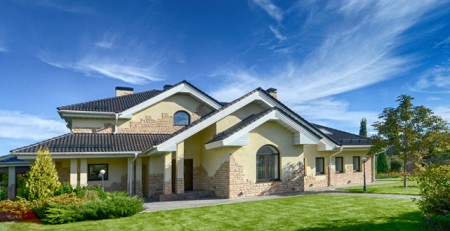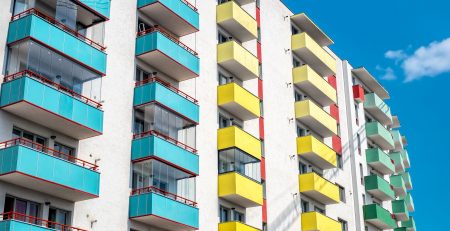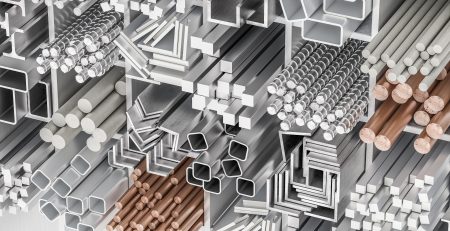Warmth on a Budget: Cost-Effective Home Insulation Methods
The Imperative of Insulation in Modern Living
The significance of home insulation cannot be overstated in the contemporary era, particularly in the United Kingdom, where the challenge of maintaining warmth without incurring excessive costs is a pervasive concern among homeowners. Insulation is a critical intervention for its immediate impact on reducing heating bills and its long-term benefits in enhancing energy efficiency and reducing fuel bills.
This narrative delves into the multifaceted aspects of home insulation, offering insights into its importance, the mechanics of heat loss, and effective strategies to mitigate this issue. Thus, it paves the way for cost-effective and energy-efficient living environments.
Understanding Heat Loss in Our Homes
A startling revelation in the discourse of home insulation is the extent of heat loss that households endure. Research indicates that approximately 59% of heat escapes through the walls and roofs of both old and new homes in the UK. This alarming statistic underscores a critical issue driving up heating costs and compounding the challenge of maintaining a comfortable living environment. The mechanisms of heat transfer—conduction, convection, and radiation—collectively contribute to this substantial loss, underscoring the urgency for effective insulation methods to counteract these processes.
Tailored Insulation Strategies for Energy Savings
The quest for cost-effective home insulation necessitates a multifaceted approach tailored to each property’s specific characteristics and needs. Key strategies include:
- Draft-proofing: This method involves sealing gaps around windows and doors where air leakage can occur, effectively preventing cold drafts from entering and warm air from escaping. It’s a simple yet powerful measure that can significantly enhance a home’s thermal efficiency.
- Cavity Wall Insulation: Many UK homes possess cavity walls, which offer an opportune space for insulating material. Filling these cavities can dramatically reduce heat transfer through walls, one of the primary sources of heat loss.
- Double Glazing: Replacing single-pane windows with double-glazed units can reduce heat loss through windows, contributing to warmer, more energy-efficient homes.
- Floor Insulation: Insulating underfloor spaces or the ground floor can prevent heat loss, especially in older homes where this can be a significant issue.
Investment in high-quality insulation materials—such as fibreglass, closed-cell foam, mineral wool, sheep’s wool, and polyisocyanurate (PIR)/polyurethane (PUR)—is essential for durable and effective insulation. Each offers unique benefits in terms of thermal resistance, longevity, and cost-effectiveness, making the choice of material a critical consideration in any insulation project.
Eco-Friendly Materials
With growing environmental concerns, selecting eco-friendly insulation materials has gained prominence. Materials such as cellulose, sheep’s wool, cork, and phenolic foam are increasingly preferred for their sustainable attributes. These materials contribute to the thermal efficiency of homes and have a lower environmental impact over their lifecycle. Their use reflects a broader commitment to sustainability, aligning with global efforts to combat climate change through responsible building practices.
Addressing Common Insulation Issues
The journey to optimal home insulation is fraught with potential obstacles, ranging from leaking roofs and damp walls to rotting windows. These issues not only compromise a home’s structural integrity but also significantly hinder its insulation efficiency. Solutions such as proper draft-proofing, the installation of skirting boards, and meticulous checks for gaps are essential to addressing these problems.
Moreover, the pitfalls of improper insulation installation—such as damp and condensation—underscore the importance of seeking expert advice and conducting thorough retrofit surveys to ensure that insulation measures are correctly implemented.
Financial Considerations
Navigating the financial considerations of home insulation is pivotal for homeowners, as the initial cost of materials and the potential for long-term energy savings weigh heavily on the decision-making process. Material costs vary, with fibreglass priced at £7-£10 per square meter, Rockwool at £13-£15, EPS at £13-£16, and PIR insulation, the most efficient, at £20-£23 per square meter. This variance underscores the importance of balancing upfront investments against reduced heating costs. Inadequate insulation can lead to a wastage of approximately 25% in heating costs, emphasising the need for strategic planning and budgeting.
By choosing the right materials and considering both immediate and long-term financial impacts, homeowners can significantly improve their homes’ energy efficiency, reduce heating costs, and contribute to environmental sustainability. All while navigating the financial landscape of home insulation with informed precision.
Balancing DIY Potential with Professional Expertise
The practicalities of implementing insulation measures present a spectrum of possibilities, from straightforward DIY projects to tasks that necessitate professional expertise. Understanding the scope of each project and accurately assessing one’s abilities are crucial steps in ensuring the successful installation of insulation.
- DIY Potential: Certain insulation tasks, such as laying loft insulation or applying sealant around windows and doors for draft-proofing, are within the capabilities of many homeowners. These projects can offer immediate benefits regarding reduced heat loss and energy savings. However, it’s imperative to approach these tasks with thorough research and preparation, ensuring that materials are correctly chosen and applied to maximise their effectiveness.
- Seeking Professional Advice: More complex insulation projects, such as cavity wall insulation or installing specialised materials like PIR insulation, often require the skills and knowledge of professionals. Their expertise is invaluable in assessing a property’s specific needs, recommending the most suitable materials, and ensuring that installation is carried out to the highest standards. Professional input is particularly crucial in older or historically significant homes, where preserving the structure’s integrity while enhancing energy efficiency presents unique challenges.
The Spectrum of Insulation Materials
The choice of insulation material is a pivotal decision in the insulation process, with each material offering a unique set of properties, benefits, and considerations.
- Styrofoam (EPS): Expanded polystyrene, commonly known as Styrofoam, is a lightweight, cost-effective option suitable for various applications. While budget-friendly, its suitability for specific insulation tasks can be limited by pest resistance and fire safety ratings.
- PIR Insulation: Polyisocyanurate insulation is distinguished by its high thermal resistance and versatility, making it an excellent choice for various insulation applications. Its higher cost is often justified by its superior performance and durability, which offer long-term energy savings and reduce heating costs.
- Fibreglass: One of the most commonly used insulation materials, fibreglass offers a balance of cost and performance. It is suitable for lofts and walls, providing effective thermal resistance. However, during installation, care must be taken to avoid irritation and ensure proper safety measures are followed.
- Natural Materials: For those prioritising environmental sustainability, natural insulation materials such as sheep’s wool, cork, and cellulose offer compelling benefits. These materials are effective in reducing heat loss and have a lower environmental impact, contributing to a more sustainable approach to home insulation.
Specific Insulation Methods for Enhanced Efficiency
To fully reap the benefits of home insulation, it is essential to employ specific methods that target the most significant sources of heat loss in a property.
- Loft Insulation: Insulating the loft is one of the most effective ways to prevent heat escape through the roof. Properly installed loft insulation can significantly reduce heating requirements, keeping homes warmer in the winter and cooler in the summer.
- Draught Proofing Doors and Windows: Sealing gaps around doors and windows is a cost-effective measure that can immediately reduce heat loss. By preventing cold drafts and retaining warm air, draughtproofing enhances the comfort of a home and contributes to energy savings.
- Floor Insulation: Insulating floors, particularly in older homes with suspended timber floors, can prevent significant heat loss. This method involves installing insulation materials beneath the floorboards or within the floor structure, improving thermal efficiency and comfort.
The implementation of these insulation methods, combined with a thoughtful selection of materials and professional guidance, represents a comprehensive approach to enhancing the energy efficiency of homes. By addressing the multifaceted aspects of heat loss and insulation, homeowners can achieve significant improvements in warmth and comfort, all while managing costs effectively and contributing to environmental sustainability.
This strategic approach to insulation elevates the living experience within individual homes. It aligns with broader efforts to reduce energy consumption and combat climate change, underscoring the vital role of insulation in our journey towards a more sustainable future.


